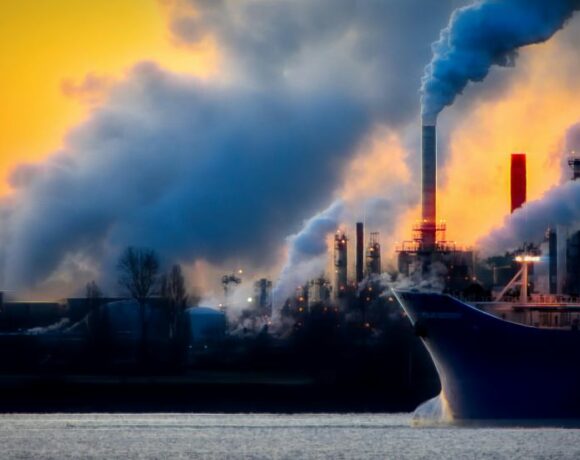Unraveling the Mysteries: How Tornadoes Form

Tornadoes are one of nature’s most awe-inspiring yet destructive phenomena, captivating our attention with their swirling vortex of power. Understanding how tornadoes form is crucial for mitigating their impact and keeping communities safe. In this blog post, we’ll delve into the fascinating process behind the creation of these atmospheric juggernauts.
Ingredients for a Tornado:
Tornado formation requires the convergence of specific atmospheric conditions. First and foremost, a tornado needs a supercell thunderstorm, a type of storm characterized by a rotating updraft. The development of a supercell is influenced by warm, moist air at the surface colliding with cool, dry air aloft. This clash creates an unstable atmosphere, setting the stage for tornado genesis.
The Birth of Rotation:
Within a supercell, the interaction of wind patterns at different altitudes gives rise to a mesocyclone—a large rotating updraft. The mesocyclone is a crucial precursor to tornado formation, serving as the cradle for the powerful winds that will eventually descend to the ground. This rotation is often enhanced by the presence of wind shear, where wind speed and direction change with height.
The Formation of the Tornado Funnel:
As the mesocyclone intensifies, a downdraft forms, drawing air from the mesocyclone towards the ground. The rotation tightens, and a visible condensation funnel descends from the base of the storm. This funnel is the hallmark of a tornado, reaching down from the thunderstorm like a colossal finger of destruction.
Categorizing Tornadoes:
Meteorologists use the Enhanced Fujita (EF) scale to categorize tornadoes based on their estimated wind speeds and resulting damage. Tornadoes range from EF0 (weakest) to EF5 (strongest), with wind speeds exceeding 200 miles per hour in the most severe cases.
Conclusion:
In summary, tornado formation is a complex interplay of atmospheric conditions, with supercell thunderstorms acting as the birthing grounds for these violent vortexes. While advancements in meteorology have improved our ability to predict tornadoes, their unpredictable nature underscores the importance of preparedness and community resilience. As we continue to unlock the secrets of tornado formation, we move closer to minimizing the impact of these natural disasters and ensuring the safety of those in their path.
Picture Courtesy: Google/images are subject to copyright








